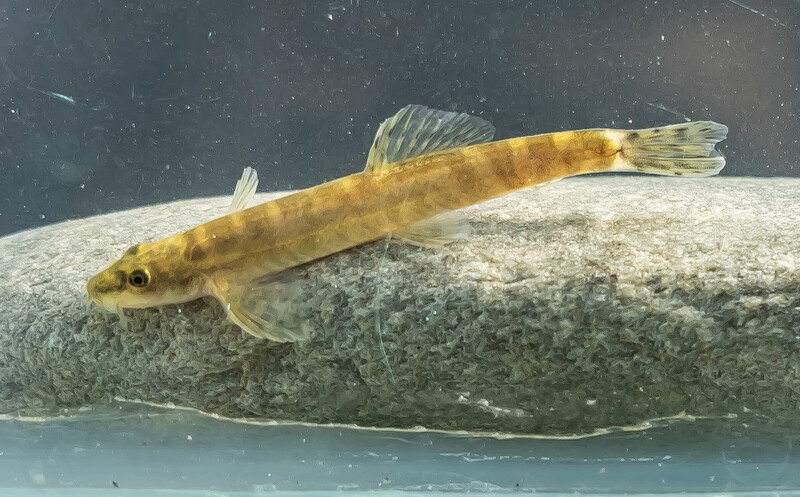About Extinct Fishes
Fish species have faced extinction throughout Earth's history due to environmental changes, habitat destruction, and human activities. Aquatic ecosystems are particularly vulnerable to changes in water quality, temperature, and human interference.
Many extinct fish species played crucial roles in their ecosystems, serving as both predators and prey. Their disappearance often leads to cascading effects throughout aquatic food chains. Some species vanished before scientists could fully study them.
The fish species featured here represent just a few of the many that have been lost forever. Their stories serve as important reminders of the fragility of aquatic biodiversity and the need for conservation efforts.
Fat Catfish

The Fat Catfish (Rhizosomichthys totae) was endemic to Lake Tota in Colombia. This unique bottom-dwelling species went extinct in the 1950s due to introduced trout species and pollution from agricultural runoff. It was known for its unusually thick body and small eyes.
Batman River Loach

The Batman River Loach (Paraschistura chrysicristinae) was a small freshwater fish found only in the Batman River in Turkey. Last recorded in 1974, its extinction resulted from dam construction and water pollution. This species was particularly sensitive to environmental changes.
Megalodon

The Megalodon (Otodus megalodon) was the largest shark to ever exist, reaching lengths of 60 feet or more. This apex predator dominated oceans worldwide from 23 to 3.6 million years ago. Climate change and shifting food sources likely contributed to its extinction.